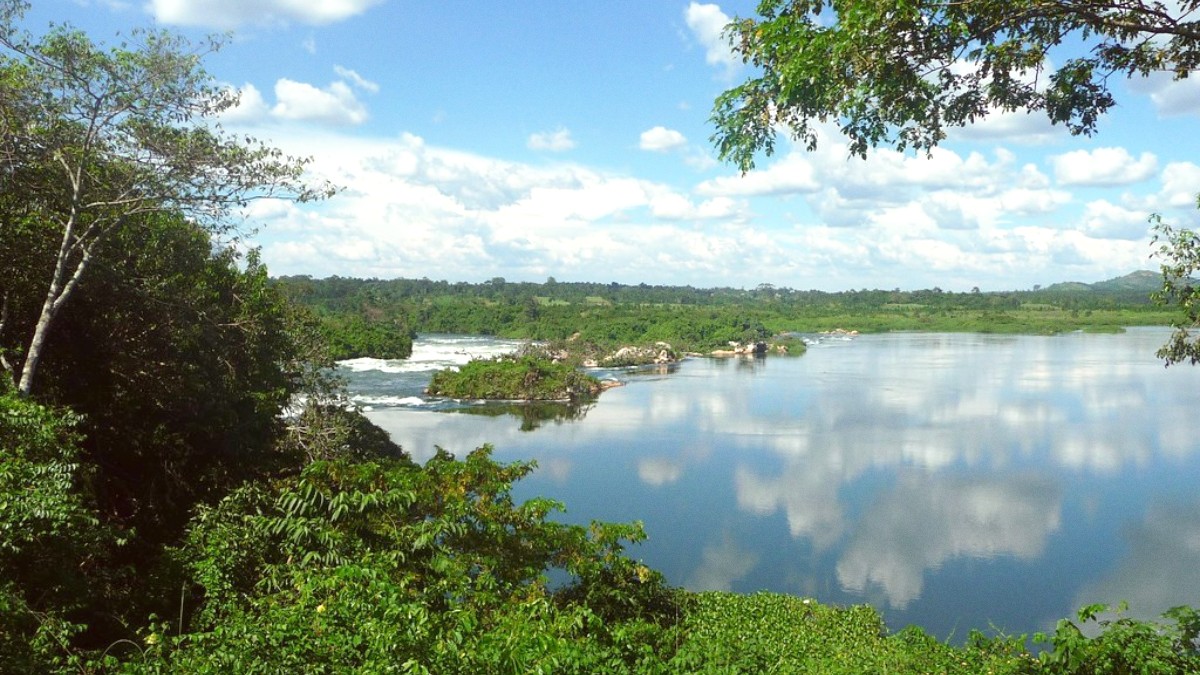
Uganda
Kampala sits in the Central Region of Uganda, approximately 40 kilometers (25 miles) north of the Equator. This location brings the city a consistently warm, tropical climate. The city's topography forms from its rolling hills, originally seven, though urban expansion covers many more. These hills, each with its own historical or administrative significance, shape the city's layout and present varying perspectives of the urban sprawl below.
Kampala is Uganda's main urban center, a bustling hub of commerce, culture, and governance. The city presents a striking blend of old and new. Modern high-rise buildings sit alongside traditional markets and colonial-era architecture, creating a diverse visual landscape.
The city's economy is robust and diverse. It relies on strong sectors in services, manufacturing, and trade. Kampala serves as a major commercial center for East Africa, drawing business and investment. Numerous markets, both formal and informal, demonstrate the city's entrepreneurial spirit and role as a trading nexus.
Kampala's history stretches back further than its colonial designation. The area began as a favored hunting ground for the kings of Buganda, a powerful pre-colonial kingdom. They called the area "Kasozi ka Empala," meaning "Hill of the Impala," due to the many impalas that roamed these hills. This name eventually became "Kampala." In 1890, Captain Frederick Lugard, representing the Imperial British East Africa Company, established a trading fort on what is now Old Kampala Hill. This marked the beginning of modern Kampala's development under British influence.
Following Uganda's independence in 1962, Kampala continued as the nation's capital. However, it also bore the scars of political upheaval. The civil wars of the 1970s and 1980s, especially under the regimes of Idi Amin and Milton Obote, caused significant damage and decline. Many buildings were destroyed, and the city's infrastructure suffered. In recent decades, Kampala experienced a remarkable revitalization. This resilience is evident in its blend of new high-rises and surviving historical structures.
British Fort Established on Old Kampala Hill.
Growth as capital of British Uganda Protectorate.
Uganda's Independence, Kampala remains capital.
Periods of political conflict and urban damage.
City revitalization and economic growth.
Kampala reflects a city that respects its past while embracing its future, making it a place of deep historical layers. Visitors can explore sites that tell stories from the Buganda Kingdom, the colonial era, and the challenging post-independence years, gaining a fuller understanding of Uganda's journey.
Kampala functions as a major commercial center for East Africa, drawing business and investment. Numerous markets, both formal and informal, demonstrate the city's entrepreneurial spirit and role as a trading nexus.
Kampala functions as a major educational and healthcare center for the region. Several universities, colleges, and reputable hospitals provide services to residents and people from neighboring countries. This concentration of institutions draws a large student population and professionals, contributing to the city's intellectual and professional vibrancy.
Plan your city explorations with the hilly terrain in mind. Comfortable shoes are a consideration. Ride-sharing apps like Bolt or Uber for longer distances between hills save energy.
Beyond its history, Kampala buzzes with daily life. It presents diverse experiences.
Discover markets, grand religious sites, and lively neighborhoods. Each tells its own story.
Explore impressive mosques and cathedrals, architectural marvels.
Experience the lively trade and local goods in vast markets.
Find calm parks and gardens amidst the urban energy.
Kampala showcases its rich cultural heritage through various sites.
Kampala is Uganda's main urban hub.
Originally built on seven hills, now expanded beyond.
Uganda operates on East Africa Time.
Upscale residential areas with views and quiet streets.
Commercial heart, busy markets, and historical sites.
Historical nucleus with Gaddafi Mosque and early colonial presence.